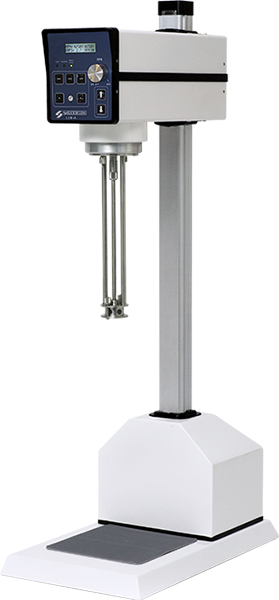Laboratory Mixers

Laboratory Mixers
The latest development in high shear lab mixing – the new Silverson L5M-A – is ideal for all laboratory work, research and development, QA analysis and small scale production in all industries.
The L5M-A Laboratory Mixer is suitable for the widest range of applications – mixing, emulsifying, homogenizing, disintegrating and dissolving – with an efficiency and flexibility unmatched by other machines. With a capacity from 1ml up to 12 liters and the ability to mix in-line with flow rates up to 20 liters/minute, they offer excellent reproducibility when scaling up to full-scale production and provide an accurate and easy means of forecasting the performance of larger Silverson machines under full-scale working conditions.
The multifunctional L5M-A lab mixer features touch screen control with digital tachometer, programmable integral timer and amperage display. This level of instrumentation is invaluable for applications where process validation and reproducibility are required.
How It Works
The advantages of Silverson's high shear rotor/stator laboratory mixer over simple conventional stirrers or agitators stem from the multistage mixing/shearing action as materials are drawn through the specially designed Silverson workhead - the heart of every machine.
Stage 1
The high-speed rotation of the rotor blades within the precision-machined mixing workhead exerts a powerful suction, drawing liquid and solid materials upwards from the bottom of the vessel and into the center of the workhead.
Stage 2
Centrifugal force then drives materials towards the periphery of the workhead where they are subjected to a milling action in the precision-machined clearance between the ends of the rotor blades and the inner wall of the stator.
Stage 3
This is followed by intense hydraulic shear as the materials are forced, at high velocity, out through the perforations in the stator and circulated into the main body of the mix.
Stage 4
The materials expelled from the head are projected radially at high speed towards the sides of the mixing vessel. At the same time, fresh material is continually drawn into the workhead maintaining the mixing cycle. The effect of the horizontal (radial) expulsion and suction into the head is to set up a circulation pattern that minimizes aeration caused by the disturbance of the liquid’s surface.